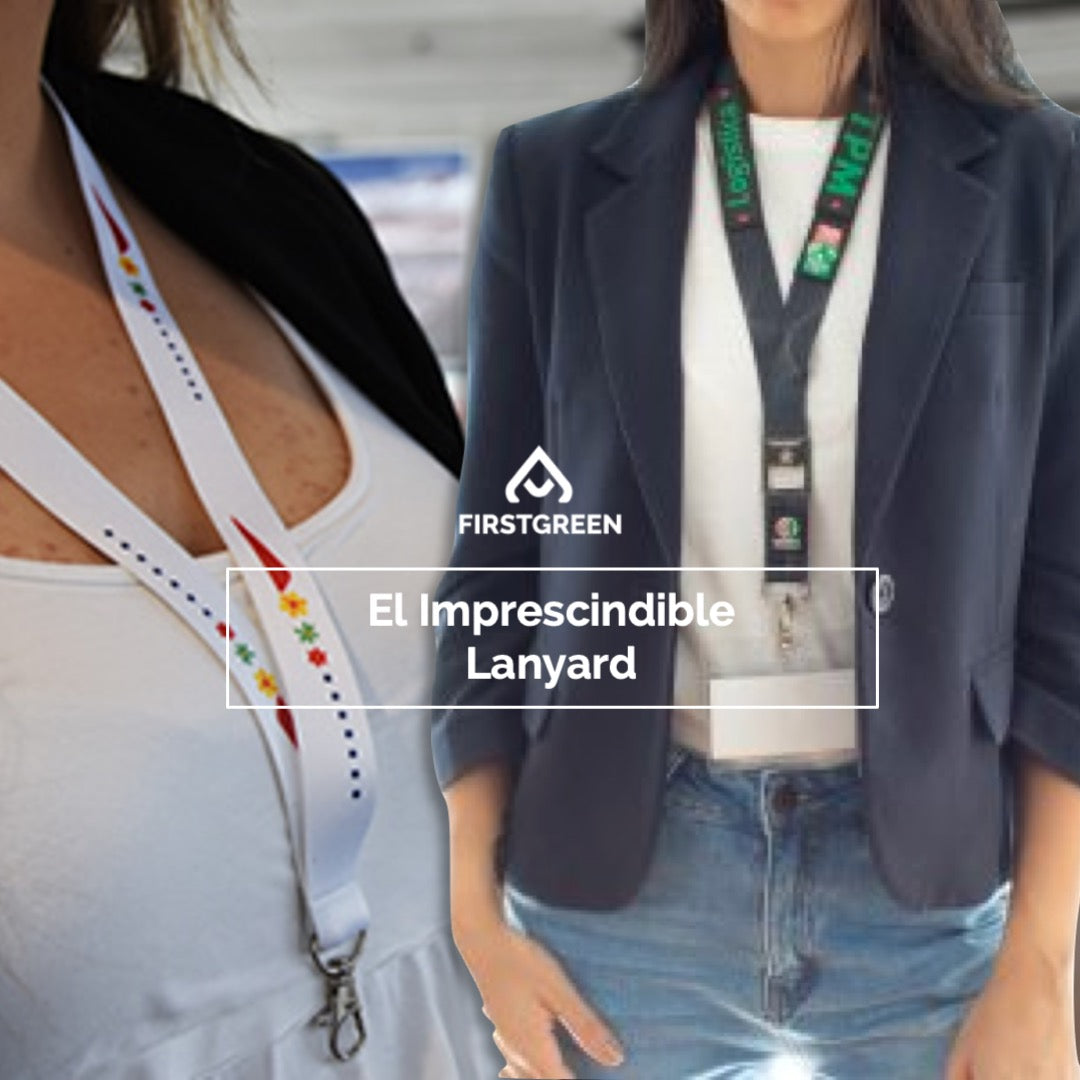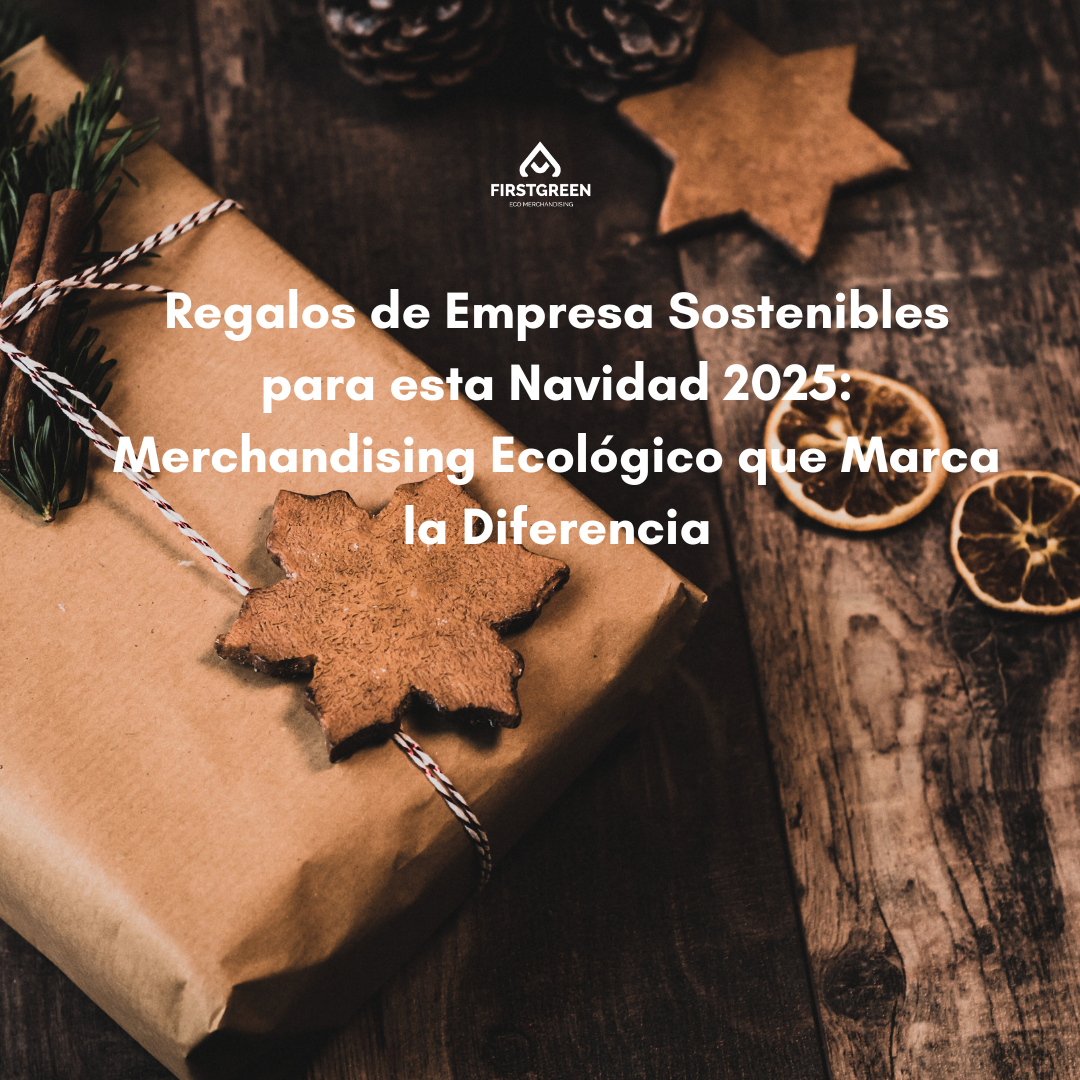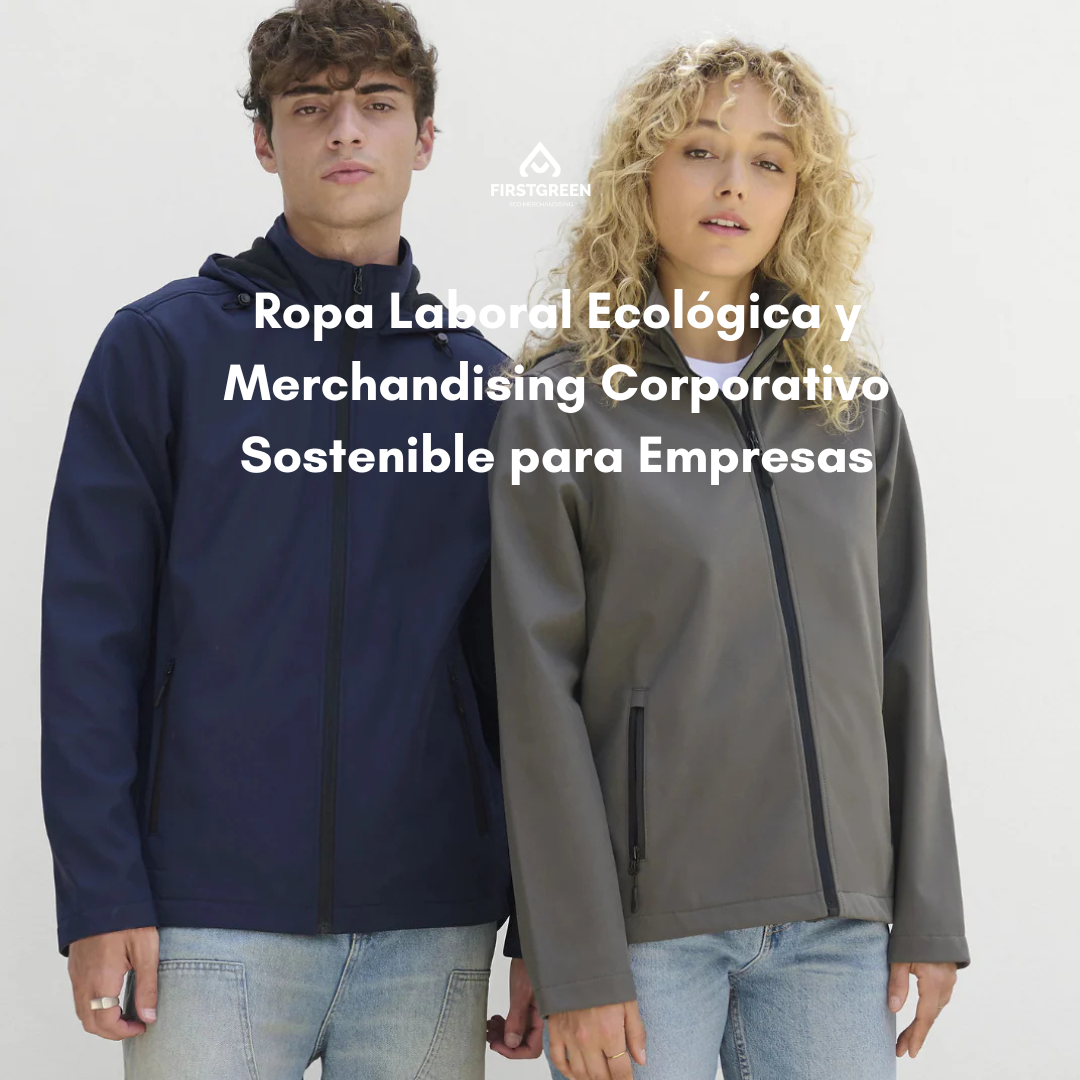Soon you will be in a season of events and celebrations in which you will have to share space with other companies that may be dedicated to offering the same services as you or with others that want to establish new businesses with yours.
These days, your business's location goes from being fixed to temporary in a large space where new clients, colleagues and new contacts mingle among the numerous stands.
Now more than ever you need to differentiate yourself from others.
You and your employees, whom you have specially chosen as the best salespeople in your company to offer your services to new clients, with whom you have been preparing for a long time your presentation at the annual fair or congress in which you have so much at stake, and that is why personalized lanyards are the essential item at fairs and congresses for companies that want good work and sales and information service to be easily recognizable and located among the multitude of participants and clients.
What are lanyards?
Lanyards are identification and promotional items that, through their customization, allow you to:
- Differentiate and identify your brand .
- Enjoy freedom of movement by leaving your hands free.
- Accessory holder
- They reinforce the commercial proposal as a professional image of the person wearing the lanyard, who becomes the reference point that the new client looks for to offer them information and a possible sale, giving rise to debates about your brand and service.
Its structure is as simple as that of a fabric, cord or ribbon joined at the ends by one or more plastic or metal elements where objects can be hung, such as keys, masks, telephones or something as simple and important as identification.
Depending on the accessory you want to hang from the lanyard, you can choose between lanyards with safety clasps, which is highly recommended, and lanyards without clasps.
Materials that lanyards are made of
Given their quality and usefulness in the daily lives of many, lanyards have ceased to be work accessories that identified staff and have become fashion accessories that support everything from electronic devices to masks.
Being such important items for companies at conventions and fairs, in addition to fashion trends, these items are often adapted to new ecological and sustainable materials that are easy to customize and are in high demand among companies that believe in responsible consumption.
Eco-friendly materials such as:
The least polluting natural textile fibres according to their water footprint (water consumed in their production) such as:
- The lanyard is made from recycled rPET, a fibre produced from plastic packaging.

- The organic cotton eco-friendly lanyard with carabiner for mobile phones , made from non-genetically modified seeds and grown without the use of pesticides and chemicals.

- The lanyard with a cork cord to personalize in Pastilla Centra l , a material obtained from the bark of the cork oak and which does not require cutting down trees to obtain it.

- The eco-friendly bamboo fiber lanyard with a special carabiner , obtained from a fast-growing and antibacterial plant.

- The ecological lanyard made of natural cork with a safety closure made of wheat cane or PLA, with very low environmental impact, derived from agricultural waste and food such as rice, sugar cane, wheat or sweet potato.

For your branding, you should consider the cord that best suits the customization option you choose:
There are several options:
- Reflective print
- Sublimation
- Fluorescent printing
- Fabric or embroidery
- Engraving/ Screen printing
Because success lies in differentiation. FIRSTGREEN, a company that sells eco-merchandising advertising products, offers you a wide variety of lanyards to personalize, in different colors that adapt to your needs and tastes, with which you can add a professional image and create subliminal advertising for your brand, add value to the recipient, work with high-quality, environmentally friendly products and capture your company's corporate image in this article.
“We cannot change the consumption-based economy, but we can change the resources we use and the way we make our products.”


